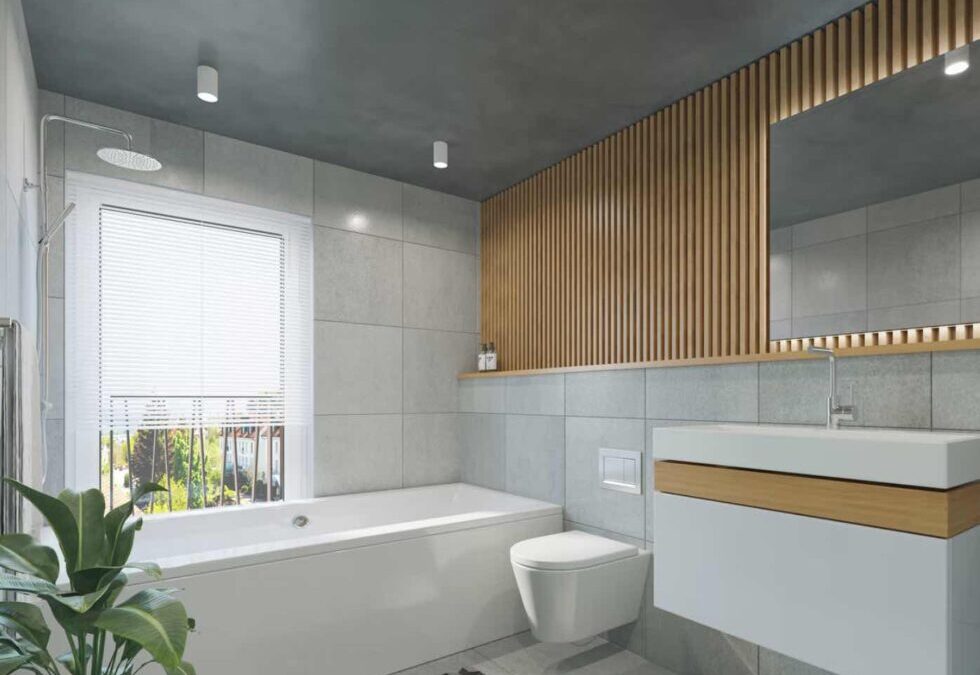Every household is subject to water leaks or other plumbing issues at some point. Our Glendale Plumbers can help you save thousands on water damage. There are many things homeowners could do to avoid major problems.
Know where the Shutoff Valves are
This rule should be the most important for DIY plumbing. A water leakage problem can lead to serious damage to your house, including cracking pipes, faulty gaskets, and even leaking faucets.
When water is rising from a multi-story building and reaching your neighbors below, it can cause flooding and damage.
Since there is no water in the pipes, it is important to address the shut-off valves first before doing any other plumbing work. It all depends on where your home is located. The access panel that covers the apartment’s shutoff valves is usually located under the sink in the kitchen or close to the toilet.
Do NOT ignore minor leaks
Leakage can occur in the kitchen or bathroom after a while. This can happen even if no one is home.
The majority of these leaks can be repaired by homeowners. To resolve the problem, however, you should contact a professional Glendale, CA Plumber. This could lead to more damage and increase your monthly plumbing bills.
Do Not Puncture Pipes
Home improvements that don’t involve plumbing, like drilling holes in walls or nailing them to the wall, can cause a pipe to burst causing serious damage. Before you poke holes in walls, ceilings, floors, or other pipes in your house, ensure they are free from obstructions.
Even if you don’t have floor plans, it may be possible to locate pipes behind walls. A studfinder, a magnetic device used for locating metal frames behind walls, is called a stud finder. You should also take photographs before covering any electrical or plumbing lines in your ceilings, walls, or floors. These photos will help you prevent future incidents from happening. You won’t have any worries about accidentally striking a wire or burst a pipe.
You are able to do minor maintenance and repair by yourself
If you do not follow the instructions, you can damage your pipes and faucets underneath your sink. The toilet flapper can be found in most DIY plumbing jobs. This allows water flow through the valve into the bowl.
Flappers can get worn down over time. This can cause water to leak into your bowl. The most common task in home plumbing is to replace a broken faucet. The faucet hole is typically located in one or three of the holes under the sink. You can check the location of the faucet by taking it with you to the store.
Next, use a wrench to remove the screws that hold your faucet in place. Next, take out the old faucet. Use a wrench to replace them.
Use the correct tools
Some home plumbing tasks don’t require tools like changing the flapper in the toilet. Most of them will require an adjustable wrench. You can use it for both small and large pipes.
You can get special pipe wrenches at your local hardware store or water pump pliers, but most people will be happy with a regular adjustment wrench. Another essential tool is the drain snake. More serious clogs may require a more thorough cleaning. This snake is made from a flexible, steel cable. It can be pulled into the drain to loosen any material.
DIY plumbing is a daunting task for most homeowners. The next time water runs out of your kitchen faucet, shut off the water supply valve.

